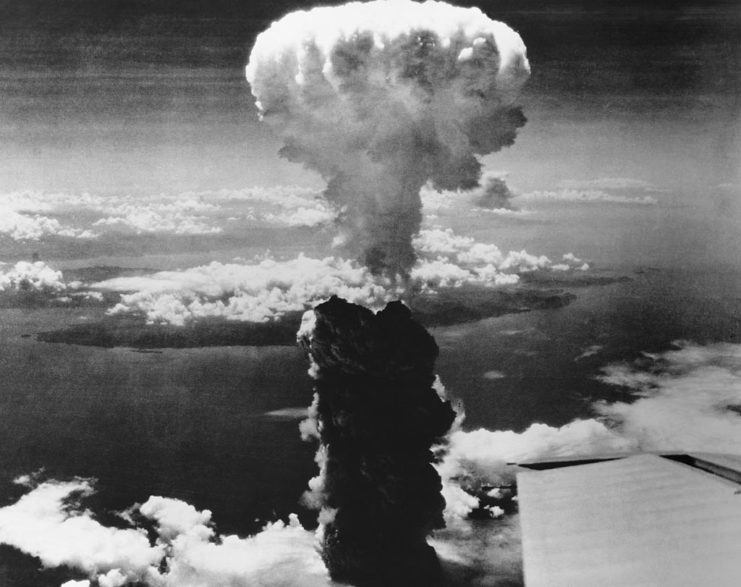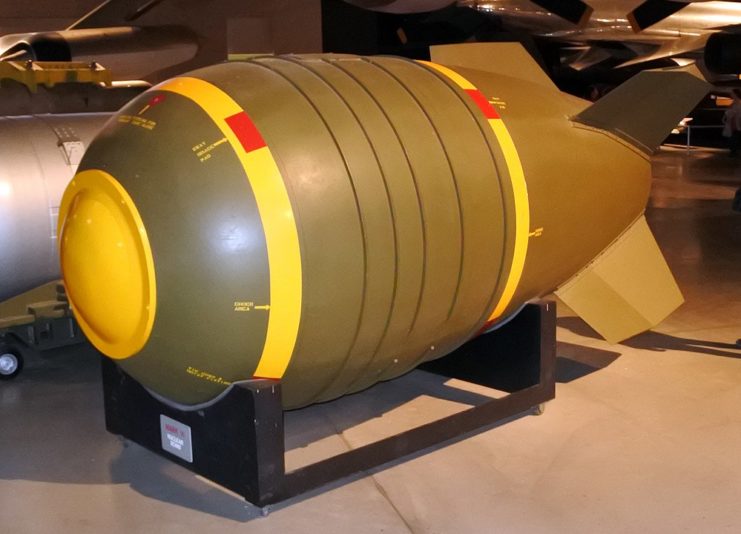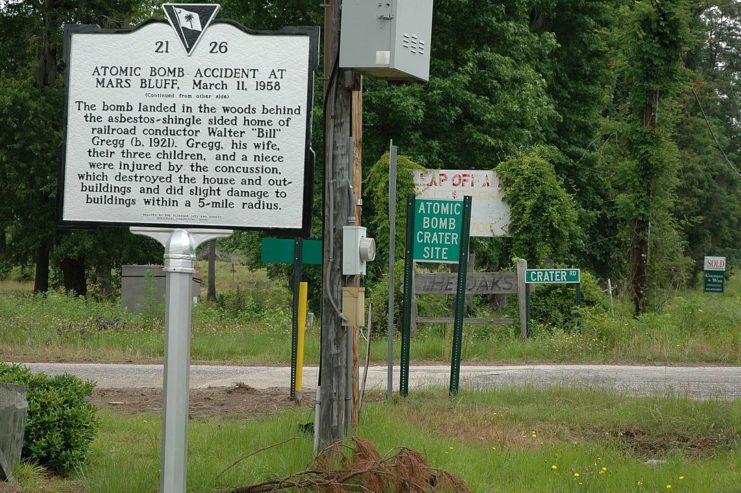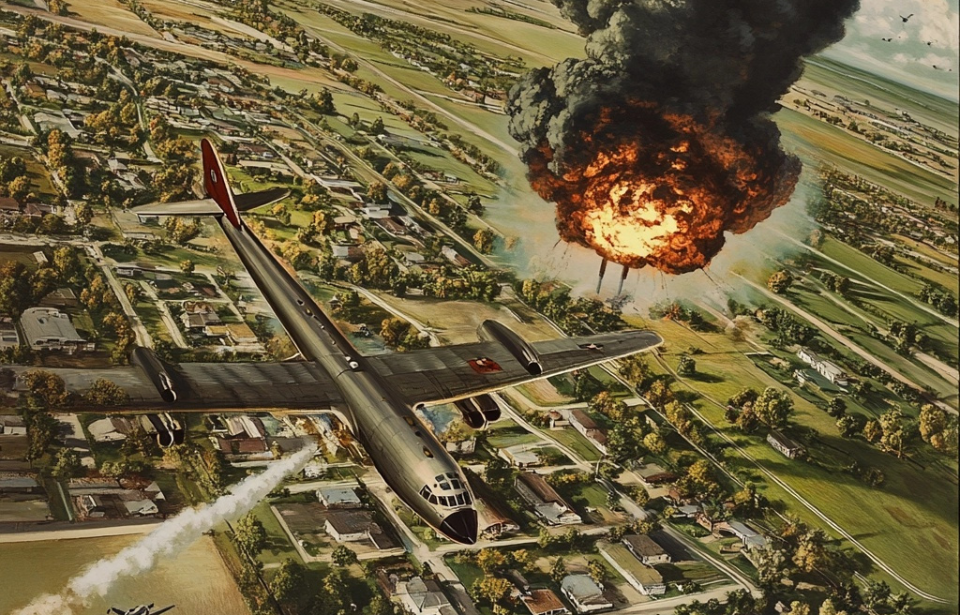Starting in the late 1940s and lasting through the Cold War, the United States and the Soviet Union were engaged in a tense arms race. Throughout this time, both countries frequently tested their weapons, which led to several incidents. One of the most famous happened in 1958 in Mars Bluff, South Carolina, creating an especially dangerous situation.
The United States continued developing bombs after World War II

The Second World War was a harrowing conflict. The US brought it to a close in the summer of 1945 by dropping the atomic bombs Little Boy and Fat Man on Hiroshima and Nagasaki. Nonetheless, the nation continued to advance its development of newer and more powerful nuclear weapons.
Development of the Mk 6 nuclear bomb

The Mk 6 nuclear bomb, a much more enhanced version of the bomb dropped on Nagasaki during World War II, underwent a number of modifications from 1951-55, and it remained in service until ’62. Over this period, over 1,000 were made, each with varying nuclear yields.
In anticipation of potential conflict with the Soviet Union, the US Air Force incorporated the Mk 6 into training exercises. As a result, the 1950s saw multiple accidental discharges, known as “broken arrows” in military terminology.
A Mk 6 nuclear bomb is dropped on Mars Bluff, South Carolina

On March 11, 1958, a Boeing B-47 Stratojet departed from Hunter Army Airfield in Georgia, carrying a crew from the 375th Bombardment Squadron of the 308th Bombardment Wing. The strategic bomber was en route to the United Kingdom, with plans to proceed to North Africa for Operation Snow Flurry, where the crew was scheduled to perform simulated bomb drops. Even though it was just a drill, the timed nature of the exercise put considerable pressure on the B-47’s crew.
Before takeoff, the crew had struggled to properly secure their Mk 6 nuclear bomb in the bomb bay, having trouble with its positioning. Using a sling, they hammered the steel locking pin into place. However, after the plane took off, the mechanism disengaged as expected but failed to lock back into place once the aircraft was airborne.
Captain Bruce Kulka, the navigator and bombardier, was notified of the issue. While inspecting the area, he accidentally pulled the emergency release pin, causing the bomb to fall from an altitude of 15,000 to 20,000 feet. Kulka barely avoided falling out of the open bomb bay by grabbing hold of something and pulling himself back to safety.
The Mk 6 bomb landed on a playhouse built by Bill Gregg for his children, who were playing about 200 feet away at the time. The explosion destroyed the playhouse and left a 70-foot-wide crater. Gregg, his wife, and children sustained injuries, and seven nearby buildings were damaged.
Reaction to the Mars Bluff Incident

Surprisingly, none of the people affected by the blast sustained serious injuries because the Mk 6 bomb’s explosive nuclear core was housed in a separate section of the B-47 aircraft. The explosion involved only the TNT within the bomb. If a full-scale nuclear detonation had taken place, the resulting destruction would have been catastrophic.
Military authorities arrived at the scene shortly after the incident. The Gregg family, who lost everything in the explosion, sued the Air Force and were granted $54,000 in compensation. Despite their hardship, Bill Gregg remained upbeat, later telling the local newspaper, “I’ve always wanted a swimming pool, and now I’ve got a hole for one at no cost.”
Legacy of the Mars Bluff Incident

More from us: The US Army Air Corps Once Dropped Bombs on Boise City, Oklahoma
New! Want to become a trivia master? Sign up for our War History Fact of the Day newsletter!
The near-disaster became known as the “Mars Buff Incident,” and received local and international coverage. It also contributed to a change in the way the Air Force ran its training exercises going forward, especially since accidents like it were more common than the military would have liked to admit. Shortly after, the branch stopped carrying nuclear bombs during training missions.
